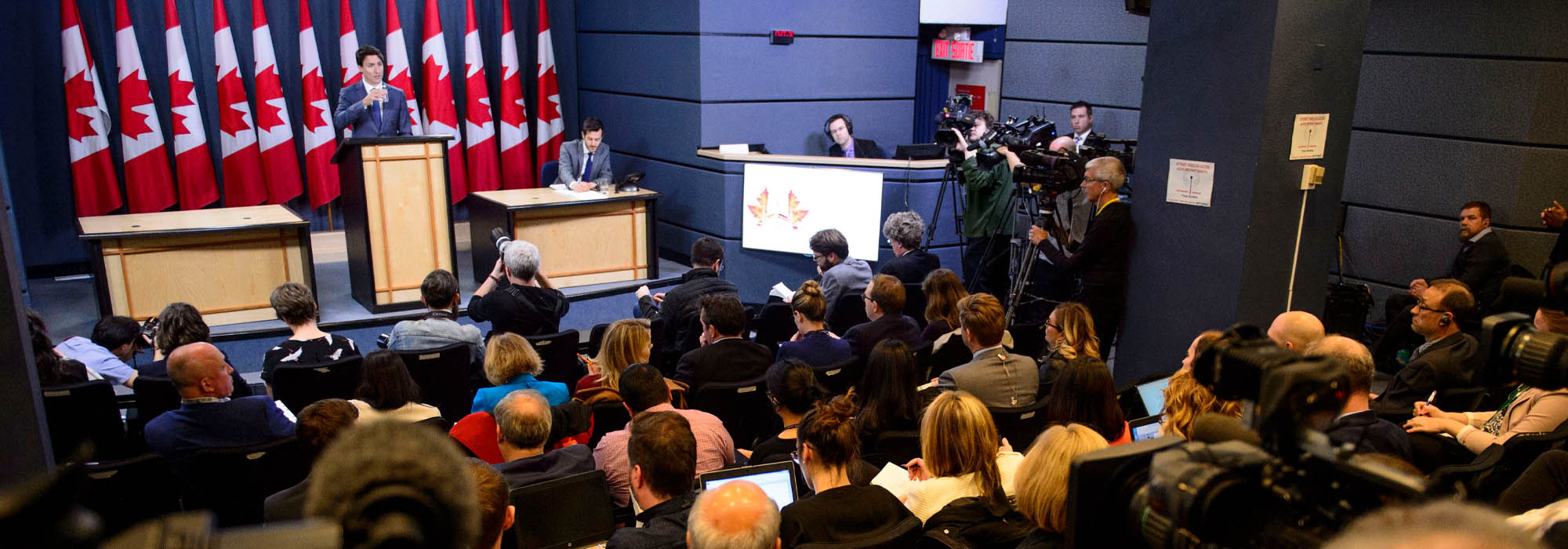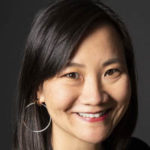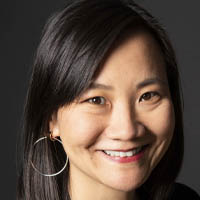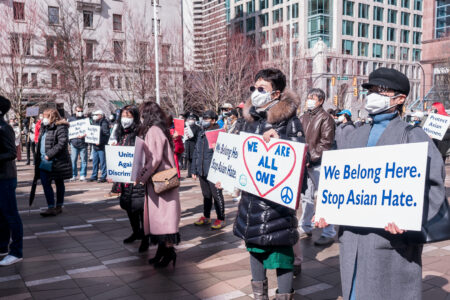
I grew up in a radio station – specifically, the first Chinese-language radio station in Vancouver. It was run by my parents who saw demand turn their hour-long volunteer program in the 1970s into a full-fledged media business. My mother set up office dividers to create a play space for me at the station while she produced programs like my dad’s weekly phone-in talk show.
Over the 25 years my parents worked in broadcasting, non-Chinese-Canadian politicians, public service agencies, businesses and local celebrities realized that Cantonese and Mandarin programming was a valuable conduit to a captive audience: new Canadians who could vote, influence their social circles and buy things. These authority figures whom mainstream media had to chase down were knocking on the doors, trying to get time and attention on a Chinese-language radio station’s airwaves.
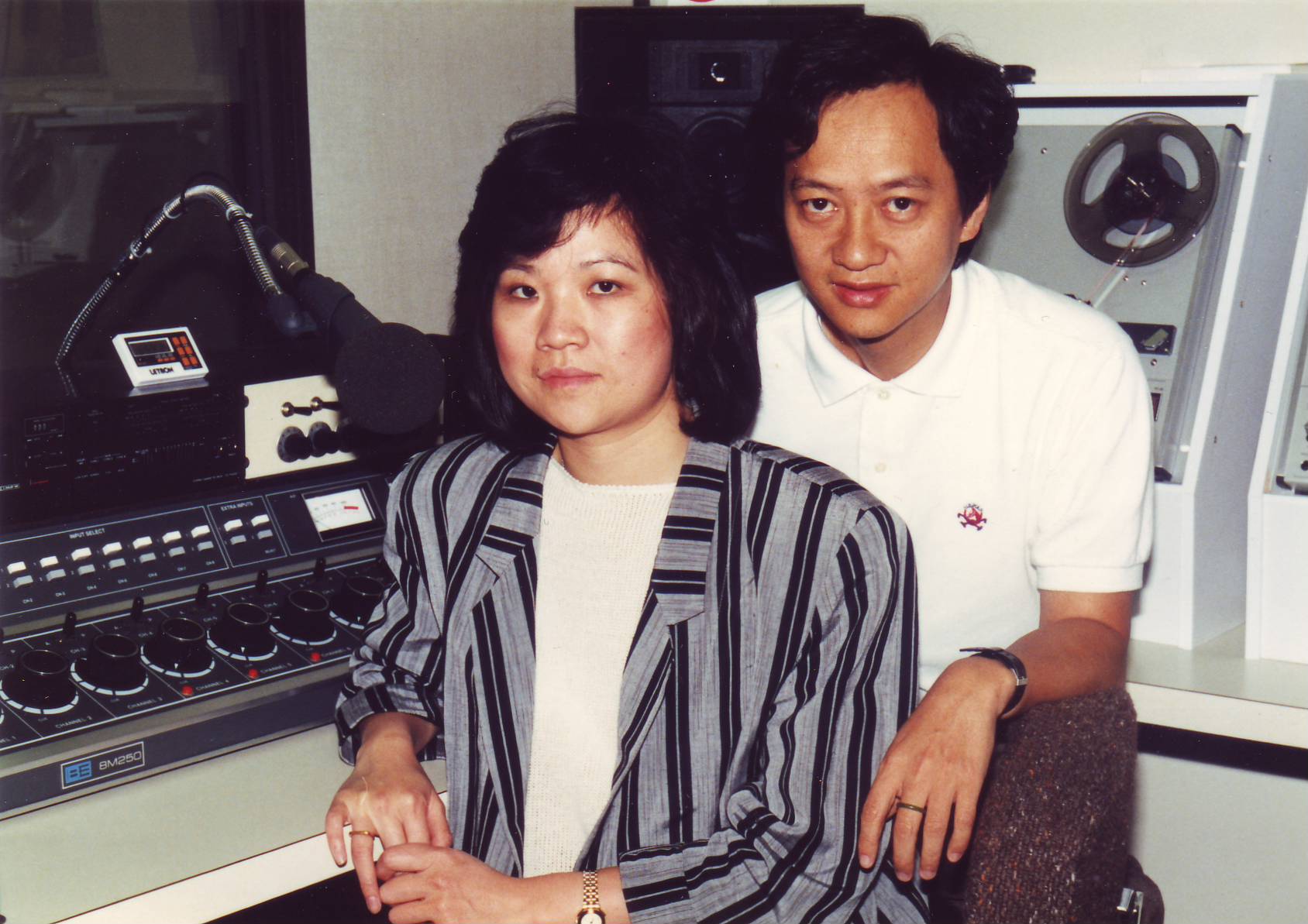
Years later, when HuffPost Canada hired me as an editor, I walked into a news operation where more than 50 per cent of the staff were people of colour, including my boss and his boss. When it came to coverage of certain communities of colour, story meetings and staff pitches started from a place of understanding because we were part of these very communities. The HuffPost Canada team once pursued a story idea that some people may have interpreted as a complaint about WestJet baggage fees, but our newsroom recognized immediately as a potentially discriminatory policy against the practice of remittance, which is commonly used by immigrant families to send money or items to their countries of origin.
Needless to say, I was privileged to be immersed in unique media environments where the norm was people of colour leading editorial, business and hiring decisions; where “others” were re-situated as the centre of stories; and where an authentic connection to the audience was rewarded with engagement and revenue. I’m well aware it’s a rare experience.
A demographic survey of newsroom staff at Canadian newspapers in 2004 found that 3.4 per cent were non-white, even though 16.7 per cent of Canada’s population identified themselves as Indigenous or a member of a visible minority group at the time. Since then, there’s been scant research into Canadian newsroom diversity, partly because few media operations here have been willing to collect or share that data with researchers. (The Canadian Association of Journalists launched a newsroom diversity survey in November 2020, and responses are still being collected. CBC/Radio-Canada, which is mandated to report its staff demographics, said in 2020 that 14.1 per cent of its overall workforce of 7,600 – including non-editorial staff – identifies as a visible minority and 2.1 per cent as Indigenous. A breakdown of the 1,900 English-service news staff is not available.)
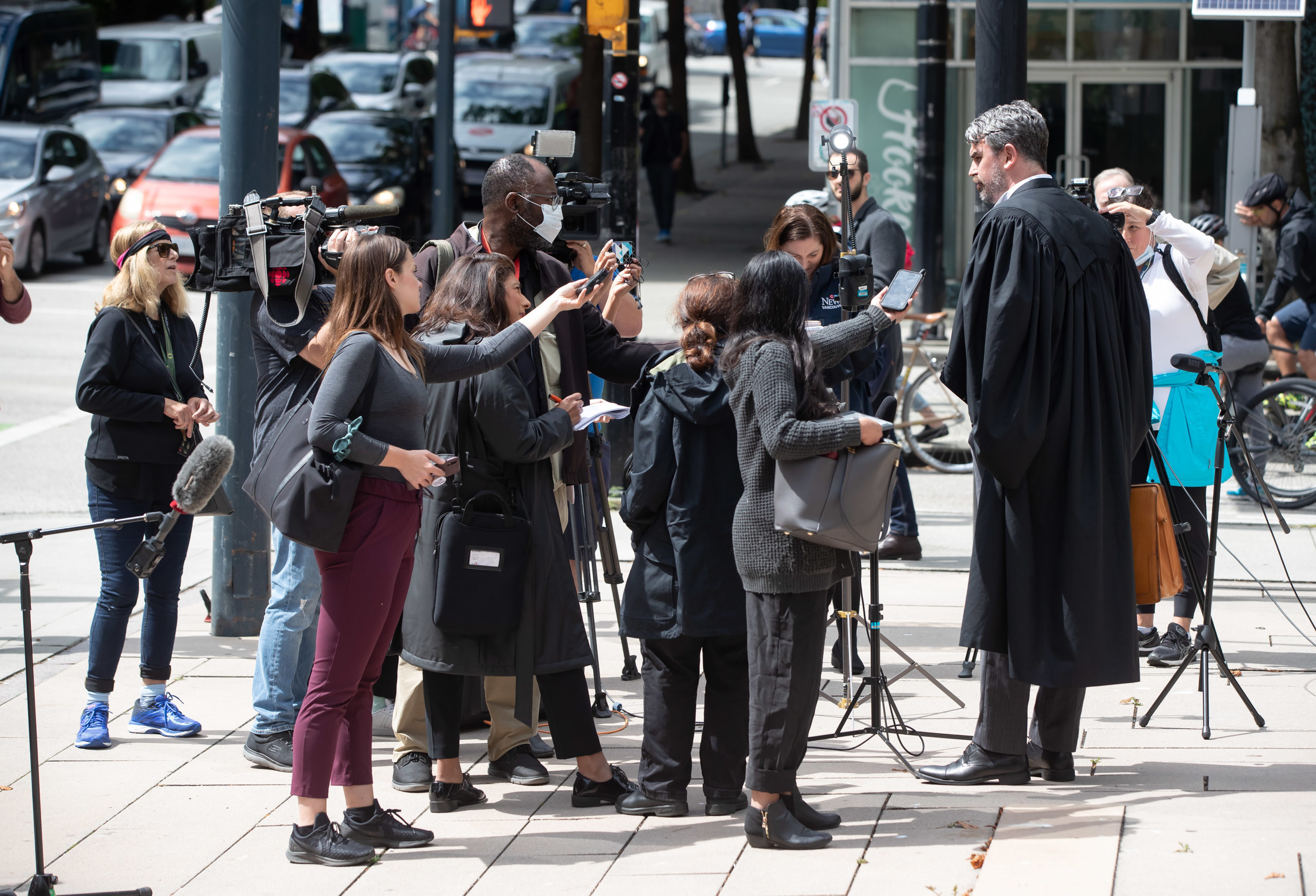
Along with the ongoing charges that Canada’s mainstream newsrooms and their coverage are not truly representative of the country’s racial (and I’d also argue geographic and class) diversity, there’s been discussion about the real and perceived barriers that hinder easy progress: the general decline of media revenue and jobs, a lack of qualified BIPOC journalists, systemic racism and unconscious bias.
Solutions that have already been proposed – independent reviews, unconscious-bias training, mentorship programs, scholarships and fellowships, targeted hiring percentages – are noble and welcome. But they’re also generally short-term initiatives. Unconscious-bias training, for example, may unlock some deep conversations and self-reflection, but it’s over in a day or two.
Normalizing diversity in all facets of newsroom operations is a focused way to build the critical mass necessary to have any chance of tackling racial inequity in Canadian media, and to create the audience connections that are required for its survival. Achieving racial equity in journalistic content doesn’t have to be costly, but it does require an evolution in how news is defined, and in who is involved in that process.
A diversity of experiences that comes with a diverse staff tends to elicit more robust conversations that lead to more unique story ideas.
For example, the story meeting is a hallmark of most newsrooms, and what’s defined as the day’s “news” depends on the makeup of the people debating it. If most of them spent the weekend at a cottage, for example, frustrating highway construction delays might be top of mind. But is that truly reflective of what the audience cares about? A diversity of experiences that comes with a diverse staff tends to elicit more robust conversations that lead to more unique story ideas.
On the issue of hiring, experts estimate that 70 per cent of jobs are filled through networking; in other words, “friends and acquaintances hiring other trusted friends and acquaintances,” Matt Youngquist, the president of Career Horizons, said on NPR. BIPOC journalists certainly bring those kinds of contacts, but there’s also nothing stopping current senior leaders from expanding their own networks. I’ve been to dozens of journalism mixers, panels and events focused on diversity and attended by talented BIPOC journalists and promising students, but I rarely see white newsroom leaders who have hiring influence show up to make some new connections. It’s not the responsibility of a diversity and inclusion committee or BIPOC staff to hand over their contacts list.
I’ve been to dozens of journalism mixers, panels and events focused on diversity and attended by talented BIPOC journalists and promising students, but I rarely see white newsroom leaders who have hiring influence show up to make some new connections.
Of course, creating an environment where interesting ideas can surface means moving the editorial lens from a white-majority focus to an inclusive one. Which audience are you framing this for? Who is being left out and why? And how can we shift them to the centre? Again, this is not solely the realm of BIPOC staff, but of all newsroom staff.
CBC News, where I work now, is piloting a project to track diversity in our content. Early data from one show confirms the tendency to speak to a racialized person about racialized issues, rather than interviewing someone with a strong point of view or experience who happens to be BIPOC.
Put another way, instead of contacting an imam only when his mosque is vandalized or a Black business owner only to discuss racism, ask them for their thoughts on tax increases or the NHL season restarting during the pandemic to broaden how the audience sees themselves and to ensure the lived experiences of these communities are reflected back to them.
As this kind of news-gathering approach becomes status quo, the perspectives and stories that flow into the wider media landscape can then create more trust and support for the industry as a whole.
This article is part of the Identifying the Barriers to Racial Equality in Canada special feature.




